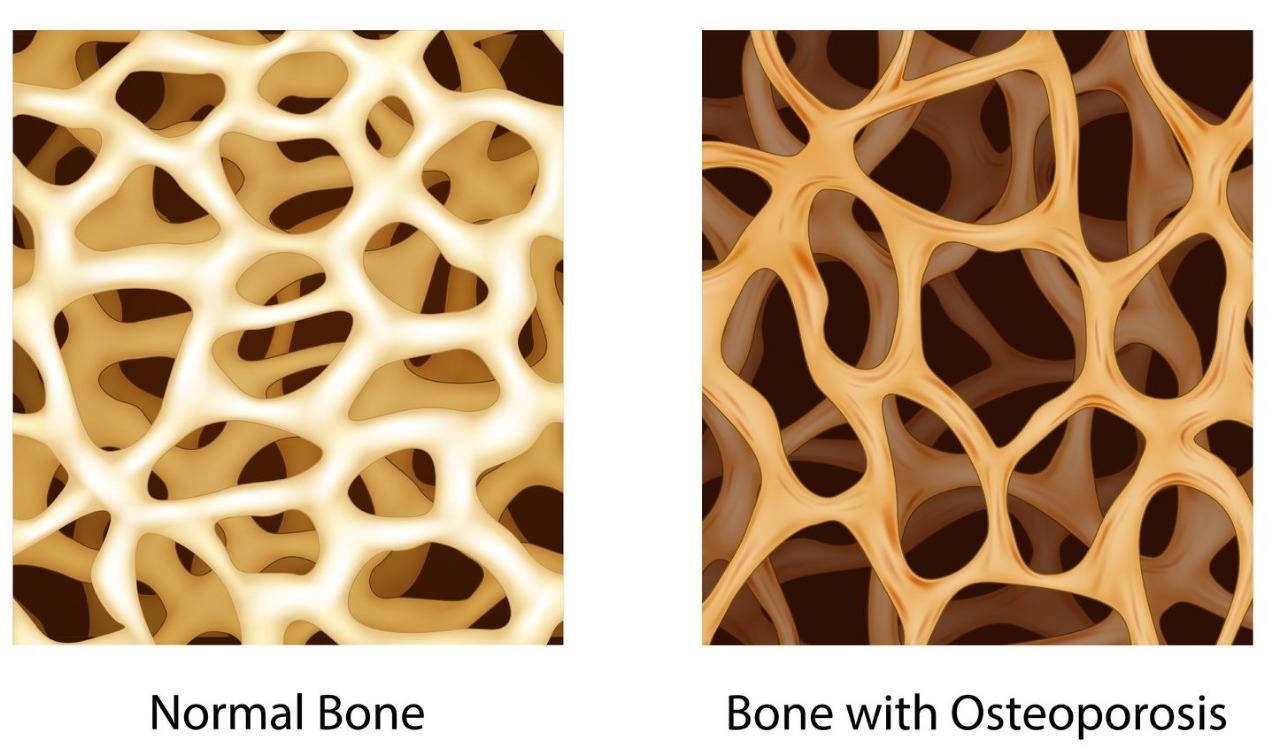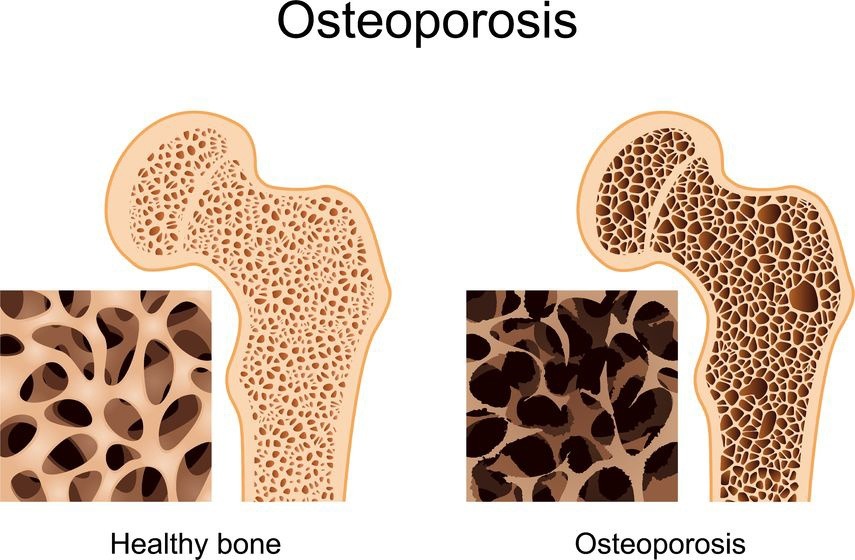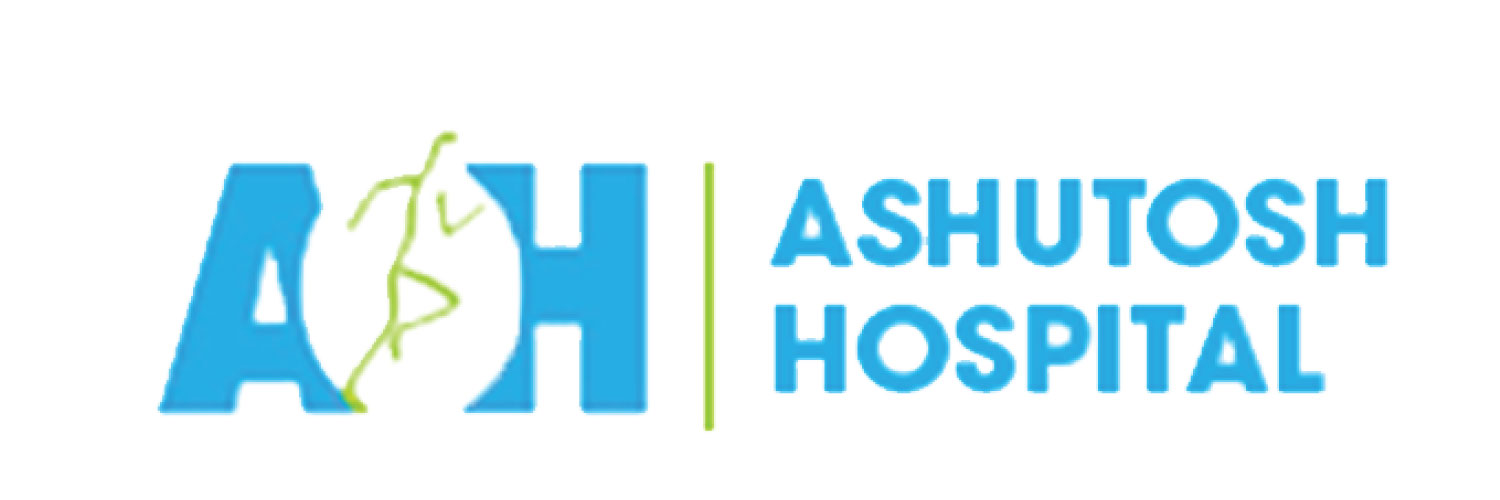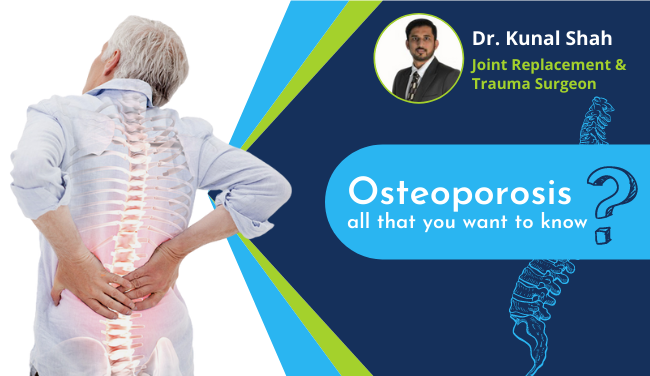What is osteoporosis?
‘Osteoporosis’ as the name suggests means ‘porous bone.’ Osteoporotic patients have less bone mass and strength which puts them at a greater risk for sudden and unexpected bone fractures. Most of these are fractures of the hip, wrist, and spine.
Who gets osteoporosis?
Although osteoporosis occurs in both men and women, women are four times more likely to develop the disease than men. After age 50, one in two women and one in four men will have an osteoporosis-related fracture in their lifetimes. Another 30% have low bone density that puts them at risk of developing osteoporosis. This condition is called ‘Osteopenia’.
What causes osteoporosis?
Our bones are made of living tissue which looks like a sponge. This area is called trabecular bone. There is an outer shell of dense bone around the spongy bone which is hard and is called cortical bone.
Bones store calcium and other minerals. When the body needs calcium, it breaks down and rebuilds bone. This process, called bone remodeling, supplies the body with needed calcium while keeping the bones strong. Up until about age 30, you normally build more bone than you lose. After age 35, bone breakdown occurs faster than bone buildup, which causes a gradual loss of bone mass.
If you have osteoporosis, you lose bone mass at a greater rate. After menopause, the rate of bone breakdown occurs even more quickly. When osteoporosis occurs, the “holes” in the “sponge” grow larger and more numerous, which weakens the inside of the bone.
What are the symptoms of osteoporosis?
It is also called a ‘Silent disease’ as in most cases there are no symptoms. However, certain presentations of osteoporosis could be:
- Loss of height (getting shorter by an inch or more).
- Change in posture (forward bending).
- Bone fractures with trivial injury.
- Lower back pain.

Who is at risk for developing osteoporosis?
Certain risk factors that increase your chance of developing osteoporosis.
- Increasing age. Postmenopausal women have the highest risk of developing osteoporosis. Men over the age of 50 start developing osteoporosis and have an increased chance of developing osteoporotic fracture.
- Bone structure and Body weight. Thin people have a greater risk of developing osteoporosis because they have less bone to lose than people with more body weight and larger frames.
- Family history. If your parents or grandparents have had any signs of osteoporosis, such as a fractured hip after a minor fall, you may have a greater risk of developing the disease.
- Some medical conditions and medications increase your risk.
- Overactive thyroid, parathyroid, or adrenal glands.
- Hormone treatment for breast or prostate cancer or a history of missed periods.
- Celiac disease, or inflammatory bowel disease.
- Blood diseases such as multiple myeloma.
- Some medications cause side effects that may damage bone and lead to osteoporosis. These include steroids, treatments for breast cancer, and medications for treating seizures.
- Certain lifestyle habits also make you prone to osteoporosis.
Patients having a sedentary lifestyle, smokers, and excessive alcohol consumption are certain modifiable risk factors.

How is osteoporosis diagnosed?
Bone mineral density (BMD) tests and dual-energy X-ray absorptiometry (DEXA or DXA) scans are used to establish the diagnosis.
How is osteoporosis treated?
Treatments for established osteoporosis may include exercise, vitamin and mineral supplements, and medications. Exercise and supplementation are often suggested to help you prevent osteoporosis. Weight-bearing, resistance and balance exercises are all important.
How can you prevent osteoporosis?
Your diet and lifestyle are two important risk factors you can control to prevent osteoporosis. Replacing lost estrogen with hormone therapy also provides a strong defense against osteoporosis in postmenopausal women.
Diet
To maintain strong, healthy bones, you need a diet rich in calcium throughout your life.
Besides dairy products, other good sources of calcium are broccoli, calcium-fortified juices and breads, salmonRE and calcium supplements.
Recommended daily allowance of calcium
| Age and sex | Amount |
|---|---|
| Adult men, 19-70 years | 1,000 mg |
| Adult women, 51-70 years | 1,200 mg |
| Adults, 71 years old and older | 1,200 mg |
| Pregnant and breastfeeding adults | 1,000 mg |
Vitamin D is also important because it enables the body to absorb calcium. Vitamin D can also be obtained from sunlight exposure a few times a week or by drinking fortified milk.
Recommended daily allowance of Vitamin D
| People by age | Amount |
|---|---|
| Infants 0-12 Months | 400 IU |
| 1-8 years old | 600 IU |
| 9-70 years old | 800 IU |
| Over 70 years old | 800 IU |
Lifestyle
Maintaining a healthy lifestyle can reduce the degree of bone loss. Regular exercises that make your muscles work against gravity (such as walking, jogging, aerobics, and weightlifting) are best for strengthening bones.
What medications are used to treat osteoporosis?
Once established, timely treatment of osteoporosis becomes extremely important. There are several classes of medications used to treat osteoporosis.
- Dietary Supplements – Calcium and Vitamin
- Hormone and hormone-related therapy – Raloxifene, Calcitonin
- Bisphosphonates – Bisphosphonate osteoporosis treatments are considered antiresorptive drugs.
- Anabolic agents-These products build bone in people who have osteoporosis. wrist, spine or hip, should also be treated (sometimes even if the bone density results are normal)
- Biologics – Denosumab is product that is available as an injection given every six months to women and men.
It is imperative to discuss with your healthcare provider if you are vulnerable to osteoporosis and take timely treatment. Medications have side effects and should be taken strictly under the supervision of your doctor.
At Ashutosh hospital, Vadodara, we see almost 10-15 patients of osteoporosis daily. Multiple patients are operated for osteoporotic fractures of the hip, spine, and the wrist. Multimodal treatment is initiated to medically manage osteoporosis to prevent further injuries. Specialised implants and augmentation methods are used to achieve secure fixation of such fractures.
In case you need consultation, please contact us on the details below.
Website: https://ashutoshhospital.com/





